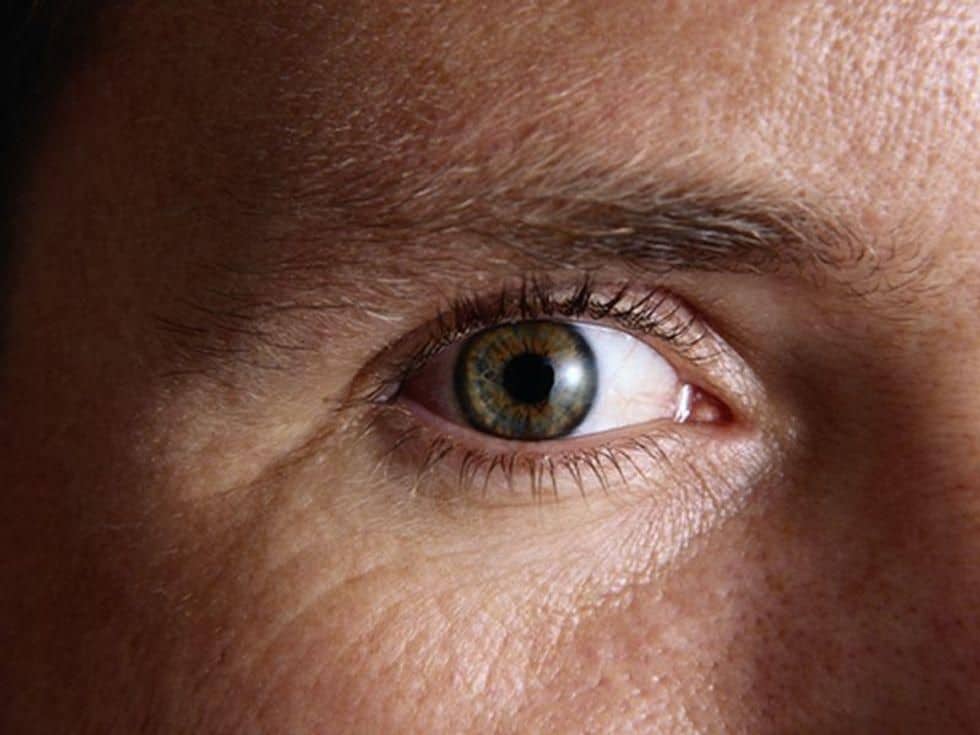MONDAY, July 26, 2021 (HealthDay News) — Use of a collision warning device is associated with a reduced rate of contacts with obstacles in daily mobility among visually impaired persons, according to a study published online July 22 in JAMA Ophthalmology.
Shrinivas Pundlik, Ph.D., from the Schepens Eye Research Institute of Mass Eye and Ear in Boston, and colleagues conducted a randomized clinical trial to assess the effect of a collision warning device on the number of contacts experienced by blind and visually impaired people in their daily mobility. The collision warning device was used during daily mobility over a four-week period and automatically detected collision hazards using a chest-mounted video camera. The device randomly alternated between two modes: an active mode, which provided alerts for detected collision threats, and silent mode, in which collisions were detected but no warning was provided to the user.
The researchers found that the median number of contacts was lower in the active versus the silent mode (9.3 versus 13.8 contacts, respectively). The rate of contacts was significantly lower in the active versus the silent mode after controlling for demographic characteristics, presence of visual acuity better than light perception, and fall history (ß = 0.63).
“Our clinical trial provides evidence of the benefit of a collision warning device in reducing contacts in real-world mobility,” the authors write. “Our results directly address the serious lack of evidence for the effectiveness of vision aids in habitual mobility identified in a number of reviews.”
Two authors are listed as inventors on a patent related to the collision warning technology and are cofounders of EyeNexo, which is involved in mobile vision measurement technology.
Abstract/Full Text (subscription or payment may be required)
Editorial (subscription or payment may be required)
Copyright © 2021 HealthDay. All rights reserved.


